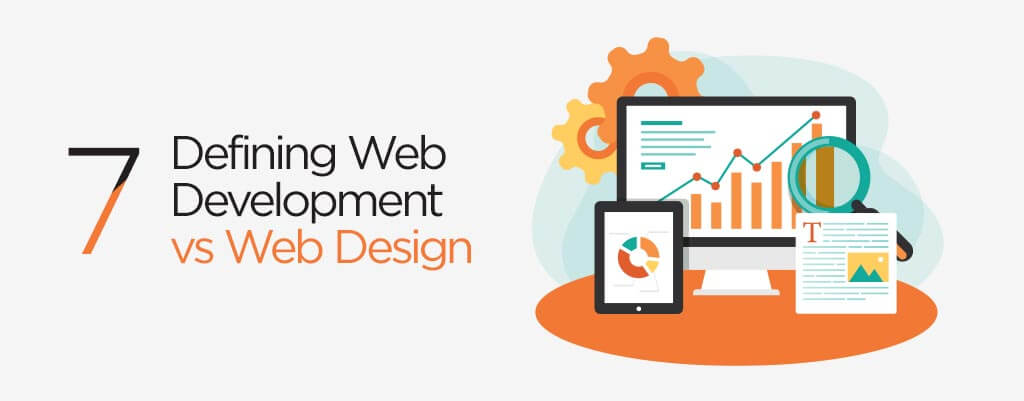Why Opt for Website Design in Singapore for Your Business Expansion
Why Opt for Website Design in Singapore for Your Business Expansion
Blog Article
Top Trends in Website Style: What You Need to Know
Minimalism, dark setting, and mobile-first techniques are among the essential motifs shaping contemporary style, each offering special benefits in user interaction and performance. Furthermore, the focus on availability and inclusivity underscores the significance of producing digital settings that cater to all customers.
Minimalist Style Visual Appeals
In the last few years, minimal layout aesthetics have actually become a dominant trend in website layout, emphasizing simplicity and functionality. This approach prioritizes important material and removes unneeded aspects, therefore enhancing user experience. By concentrating on tidy lines, sufficient white area, and a limited shade scheme, minimalist styles promote less complicated navigating and quicker tons times, which are vital in keeping individuals' interest.
The effectiveness of minimalist design depends on its ability to communicate messages plainly and straight. This clarity fosters an instinctive interface, allowing customers to attain their goals with very little diversion. Typography plays a considerable function in minimal design, as the choice of font can stimulate certain emotions and lead the individual's trip via the web content. The strategic usage of visuals, such as premium pictures or subtle animations, can enhance user engagement without overwhelming the general aesthetic.
As electronic areas remain to develop, the minimalist design concept stays appropriate, satisfying a diverse target market. Organizations adopting this trend are typically regarded as modern and user-centric, which can substantially affect brand name perception in a progressively open market. Inevitably, minimal design aesthetic appeals supply an effective option for efficient and appealing website experiences.
Dark Setting Popularity
Embracing a growing trend amongst individuals, dark mode has actually acquired considerable popularity in website design and application user interfaces. This layout technique features a predominantly dark color palette, which not only improves visual allure however also minimizes eye stress, specifically in low-light environments. Customers increasingly value the comfort that dark setting offers, causing much longer engagement times and an even more pleasurable surfing experience.
The fostering of dark mode is also driven by its viewed benefits for battery life on OLED screens, where dark pixels eat much less power. This sensible advantage, combined with the fashionable, contemporary appearance that dark styles offer, has actually led numerous designers to include dark mode options into their tasks.
In addition, dark setting can develop a feeling of deepness and focus, drawing focus to vital components of a web site or application. web design company singapore. Because of this, brands leveraging dark setting can boost individual communication and produce a distinct identity in a jampacked marketplace. With the trend proceeding to increase, integrating dark setting into web designs is becoming not simply a choice but a typical assumption among customers, making it necessary for developers and developers alike to consider this element in their jobs
Interactive and Immersive Components
Frequently, designers are integrating interactive and immersive elements into internet sites to improve customer interaction and develop unforgettable experiences. This fad responds to the raising assumption from individuals for more dynamic and personalized interactions. By leveraging functions such as animations, videos, and 3D graphics, web sites can draw individuals in, promoting a deeper link with the content.
Interactive components, such as quizzes, surveys, and gamified experiences, encourage visitors to proactively get involved as opposed to passively take in details. read review This interaction not just maintains customers on the site much longer yet additionally raises the possibility of conversions. Furthermore, immersive modern technologies like digital truth (VR) and enhanced reality (AR) provide one-of-a-kind possibilities for businesses to display services and products in a more compelling manner.
The consolidation of micro-interactions-- tiny, subtle computer animations that react to user actions-- also plays a critical function in enhancing usability. These communications offer responses, enhance navigation, and create a feeling of complete satisfaction upon completion of tasks. As the electronic landscape proceeds to evolve, making use of interactive and immersive aspects will certainly remain a substantial emphasis for designers intending to develop engaging and efficient online experiences.
Mobile-First Technique
As the prevalence of smart phones continues to surge, embracing a mobile-first technique has come to be essential for internet designers aiming to maximize individual experience. This approach emphasizes creating for mobile tools before scaling approximately bigger displays, guaranteeing that the core capability and content come on the most generally used platform.
Among the main advantages of a mobile-first strategy is boosted performance. By concentrating on mobile layout, sites are streamlined, minimizing lots times and improving navigating. This is specifically important as customers anticipate rapid and receptive experiences on their smartphones and tablet computers.

Ease Of Access and Inclusivity
In today's electronic landscape, making certain that websites are obtainable and inclusive is not just a finest method but a basic requirement for getting to a varied audience. As the web proceeds to work as a main means of communication and business, it is important to identify the different demands of users, consisting of those with disabilities.
To attain true ease of access, web designers have to stick to established guidelines, such as the Web Web Content Ease Of Access Standards (WCAG) These guidelines stress the significance of giving text choices for non-text web content, making sure key-board navigability, and keeping a logical content framework. Inclusive style practices expand beyond compliance; they involve producing a user experience that accommodates various capabilities and choices.
Integrating attributes such as flexible message dimensions, color contrast choices, and screen viewers compatibility not only boosts functionality for individuals with impairments but also enhances the experience for all individuals. Inevitably, focusing see page on access and inclusivity fosters an extra equitable electronic setting, encouraging wider engagement and involvement. As services progressively acknowledge the moral and financial imperatives of inclusivity, integrating these concepts right into website style will come to be an indispensable element of successful online techniques.
Verdict

Report this page